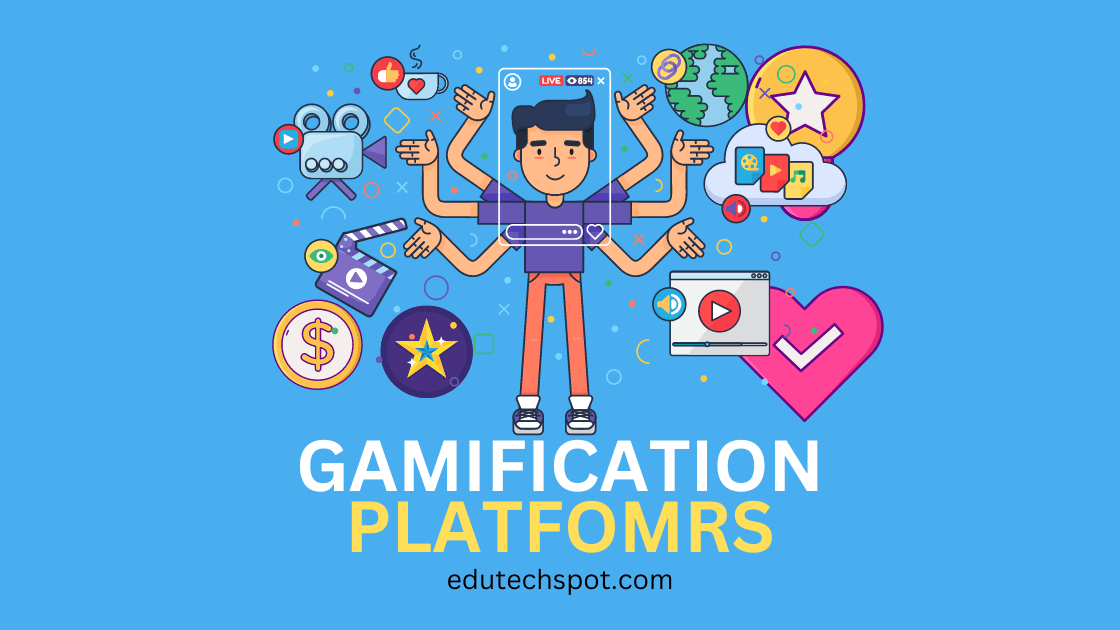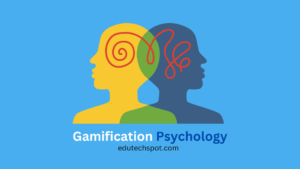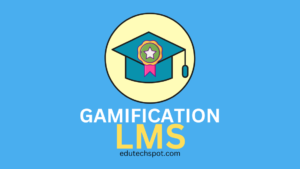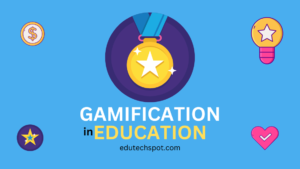Gamification platforms have been gaining popularity in recent years, and for good reason. These platforms have proven to be a highly effective tool in enhancing student performance and engagement. Gamification involves adding game elements to non-game contexts, creating a more interactive and engaging learning experience. By incorporating elements like points, badges, and leaderboards, gamification platforms promote healthy competition among students, motivating them to strive for excellence. Additionally, these platforms provide instant feedback and rewards, which can boost student confidence and self-esteem. With the rise of remote learning, gamification platforms have become an essential tool in keeping students engaged and motivated in virtual classrooms. In this article, we will explore the benefits of gamification platforms and how they can help supercharge student performance and engagement.
Benefits of using gamification platforms in the classroom
Gamification platforms have numerous benefits when it comes to student performance and engagement. First and foremost, gamification platforms make learning fun and interactive. Students are more likely to be engaged in classroom activities when they are having fun, and gamification platforms provide an enjoyable learning experience. This is particularly important for students who have difficulty staying focused or who struggle with traditional teaching methods. Gamification platforms can help these students stay engaged and motivated, leading to an improvement in overall academic performance.
In addition to making learning fun, gamification platforms also promote healthy competition among students. By incorporating elements like points, badges, and leaderboards, students are motivated to perform at their best and to outdo their peers. This can be particularly effective for students who are naturally competitive and enjoy the challenge of trying to be the best. By providing instant feedback and rewards, gamification platforms also help build student confidence and self-esteem, which can lead to a more positive attitude towards learning.
Another benefit of gamification platforms is that they can help students develop important life skills, such as teamwork, problem-solving, and critical thinking. Many gamification platforms involve group activities or challenges that require students to work together to achieve a common goal. This can help students develop important communication and collaboration skills that will serve them well in the future. Additionally, gamification platforms often require students to think creatively and critically in order to solve a problem or complete a challenge, helping to develop important problem-solving and critical thinking skills.
Gamification statistics in education
The use of gamification in education has been growing rapidly in recent years, with more and more schools and teachers incorporating gamification platforms into their teaching methods. According to a survey conducted by Kahoot!, a popular gamification platform, 97% of teachers who use Kahoot! reported that it had a positive impact on student engagement, and 96% reported that it had a positive impact on student learning. Additionally, a study conducted by the University of Colorado found that students who used a gamification platform called “ChemCaper” had higher levels of engagement and performed better on assessments than students who did not use the platform.
These statistics demonstrate the effectiveness of gamification platforms in improving student performance and engagement, and highlight the growing trend of incorporating gamification into education.
Types of gamification platforms – game-based learning and gameful design
There are two main types of gamification platforms: game-based learning and gameful design. Game-based learning involves the use of actual games to teach specific concepts or skills. For example, a history teacher might use a game called “Oregon Trail” to teach students about westward expansion and the challenges faced by pioneers. In this case, the game itself is the learning tool, and students are able to learn through immersive gameplay.
Gameful design, on the other hand, involves the use of game elements like points, badges, and leaderboards to enhance non-game contexts. For example, a math teacher might use a gamification platform like “Prodigy” to create a game-like experience for students while they learn math concepts. In this case, the platform itself is not a game, but it incorporates game elements to make learning more engaging.
Both game-based learning and gameful design have their own unique benefits and drawbacks, and the choice of which to use will depend on the specific needs and goals of the classroom.
How to implement gamification platforms in the classroom
Implementing gamification platforms in the classroom requires careful planning and consideration. The first step is to identify the specific goals and objectives of the gamification platform. What skills or concepts do you want your students to learn? What challenges do you want them to overcome? Once you have identified these goals, you can begin to choose the appropriate platform and game elements to incorporate.
It is also important to consider the needs and preferences of your students when implementing gamification. What types of games or challenges do they enjoy? What motivates them to perform at their best? By understanding your students’ needs and preferences, you can tailor the gamification platform to create a more engaging and effective learning experience.
Finally, it is important to provide clear instructions and guidelines for using the gamification platform. Students should understand how to earn points, badges, and rewards, as well as how to navigate the platform and participate in challenges. Clear communication and guidance are essential for ensuring that the gamification platform is used effectively and that students are able to achieve their learning goals.
Best practices for using gamification platforms in education
In order to get the most out of gamification platforms, it is important to follow certain best practices. First and foremost, it is important to choose the appropriate platform and game elements for the specific learning objectives. Different games and challenges will be more effective for teaching different skills and concepts, so it is important to choose wisely.
It is also important to provide regular feedback and rewards to students. This feedback can take the form of points, badges, or other rewards, and should be provided regularly to keep students motivated and engaged. Additionally, it is important to create a sense of competition among students, as healthy competition can be a powerful motivator for many students.
Finally, it is important to monitor student progress and adjust the gamification platform as needed. If students are not engaging with the platform as expected, it may be necessary to make changes or adjust the game elements to better meet their needs.
Examples of successful gamification platforms in education
There are many successful gamification platforms in education, each with its own unique approach and benefits. One example is “Classcraft,” a gamification platform that allows teachers to create a game-like experience for their students. Students create their own avatars and embark on quests and battles, earning experience points and rewards as they progress. The platform also allows teachers to track student progress and provide feedback and rewards as needed.
Another example is “Minecraft: Education Edition,” a game-based learning platform that allows students to explore and create in a virtual world. The platform can be used to teach a variety of subjects, from history to science to math, and allows students to learn through immersive gameplay.
Gamification platforms for remote learning
With the rise of remote learning, gamification platforms have become an essential tool for keeping students engaged and motivated in virtual classrooms. Many gamification platforms, like “Kahoot!” and “Quizlet,” can be used in both in-person and remote learning environments, allowing teachers to create engaging learning experiences regardless of where their students are located.
Additionally, there are many gamification platforms specifically designed for remote learning, like “Blooket” and “Gimkit,” which allow students to compete and learn together in real-time. These platforms provide an interactive and engaging learning experience that can help students stay motivated and engaged in virtual classrooms.
Gamification platform providers
There are many providers of gamification platforms for education, each with its own unique approach and benefits. Some popular providers include:
– Kahoot!
– Classcraft
– Minecraft: Education Edition
– Quizlet
– Blooket
– Gimkit
– Prodigy
When choosing a gamification platform provider, it is important to consider the specific needs and goals of your classroom, as well as the preferences and needs of your students.
Conclusion
Gamification platforms are a highly effective tool for enhancing student performance and engagement in the classroom. By incorporating game elements like points, badges, and leaderboards, gamification platforms promote healthy competition among students and provide instant feedback and rewards. Additionally, gamification platforms can help students develop important life skills like teamwork, problem-solving, and critical thinking.
When implementing gamification platforms, it is important to choose the appropriate platform and game elements for the specific learning objectives, to provide regular feedback and rewards to students, and to monitor student progress and adjust the platform as needed. With the rise of remote learning, gamification platforms have become an essential tool for keeping students engaged and motivated in virtual classrooms.
Overall, gamification platforms have proven to be a highly effective tool in enhancing student performance and engagement, and are a valuable addition to any classroom.



